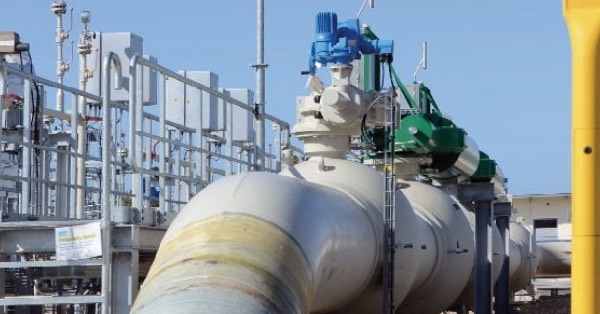Further disruptions expected as winter approaches, two scenarios outlined by Wood Mackenzie for Europe
Gazprom confirmed today that regular annual maintenance of Nord Stream is officially over and gas flows restarted at 63 million cubic metres per day (mcm/d) – 40% of the pipeline’s overall capacity. The European gas market has reacted, with prices down by 5%; but the stability of Russian gas flows is by no means a given, according to analysts at Wood Mackenzie.
Penny Leake, Research Analyst for Europe Gas and LNG at Wood Mackenzie, said: “Further disruptions are expected as Russia seeks to increase political and economic pressure on Europe as winter approaches.”
“It remains unclear what Russia will do. There is a risk that Nord Stream flows will reduce below the 40% capacity seen before the maintenance,” Leake added.
This way, Russia will continue receiving revenues from gas exports, disincentivising the much-needed early gas rationing recommended across Europe, thus exposing countries across the continent to more pressure this winter.
Wood Mackenzie has defined two scenarios for what may come for Russian gas flows and their impact on Europe in the coming months.
Scenario 1: Nord Stream flows remain at 40% of capacity
If Nord Stream flows remain at 40% of capacity and imports through other routes remain at the levels seen since 17 June (before Nord Stream maintenance), Europe will be able to refill storage to more than 80% by 1 November 2022.
Leake said: “Gas demand is expected to be 12% lower than previous winters, due to high prices and demand mitigation measures, including the re-introduction of old coal plants, and Wood Mackenzie anticipates Europe will be able to get through the heating season with a comfortable level of storage under normal weather conditions.”
A cold winter in both Europe and Asia could however result in up to 20 billion cubic metres (bcm) of additional demand (7% of total) and reduce availability of LNG for Europe. This could bring storage levels down to approximately 10 bcm by the end of March 2023 – the minimum level Wood Mackenzie analysis indicates is required to ensure appropriate functioning of storage facilities.
“As a result, some limited demand curtailment may be required to manage peak demand episodes, unless additional supply is secured,” Leake added.
Scenario 2: Nord Stream flows reduce to zero, but Russian flows through other routes continue
If Nord Stream flows reduce to zero by August this year, Europe will only be able to refill its storage to 70-75% by the start of winter, and could finish the heating season with only approx. 10 bcm of gas in storage, risking some demand curtailments.
However, if winter is unusually cold in Europe and Asia, there is a risk gas in storage could run out by the end of February 2023, according to Wood Mackenzie’s analysis. With Europe risking as much as 20 bcm of demand curtailments – the equivalent of 7% of total gas demand or 30-35% of all industrial demand in winter.
Leake said: “Under these conditions, the only material upside that could limit demand curtailments would be bringing back production at Groningen – which brings with it political challenges.”
In all scenarios, the impact will differ by countries. The ones most dependent on Russian gas, such as Germany, Austria, and Central and Eastern Europe, will be most exposed.
“One thing is clear – volatility and uncertainty will persist, meaning that demand and solidarity measures across Europe are required now so we can avoid leaving European gas balance to chance,” Leake concluded.
Source: Wood Mackenzie









































